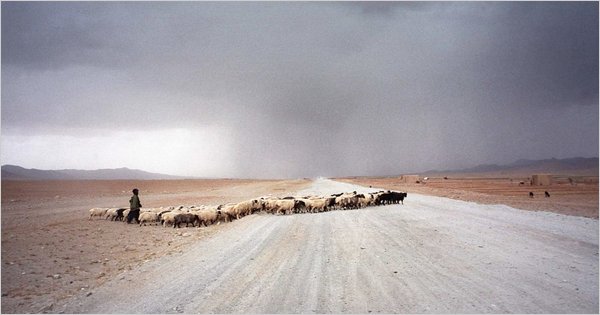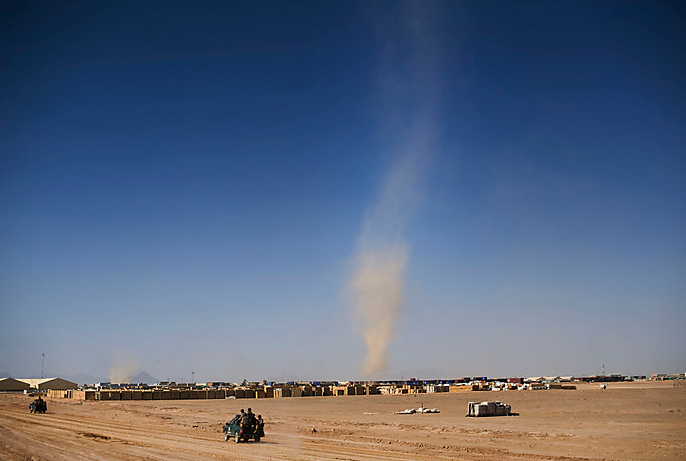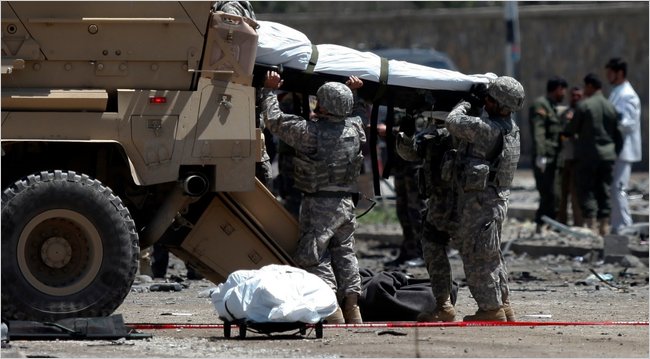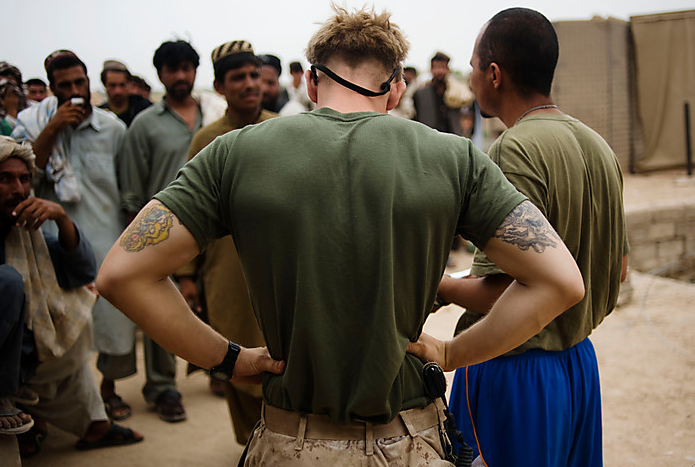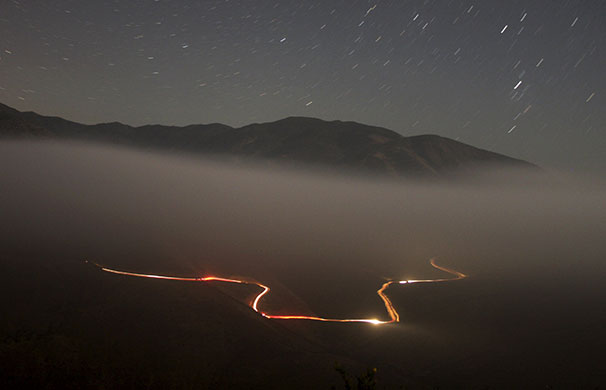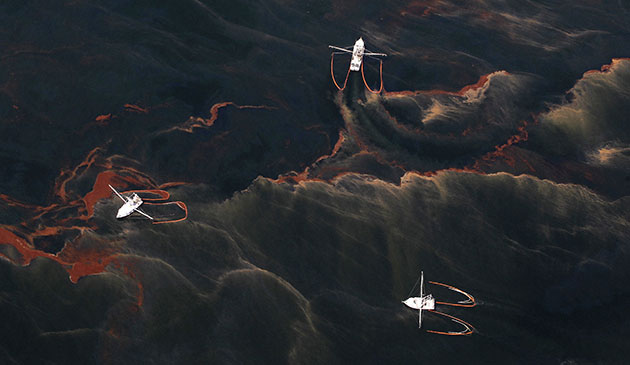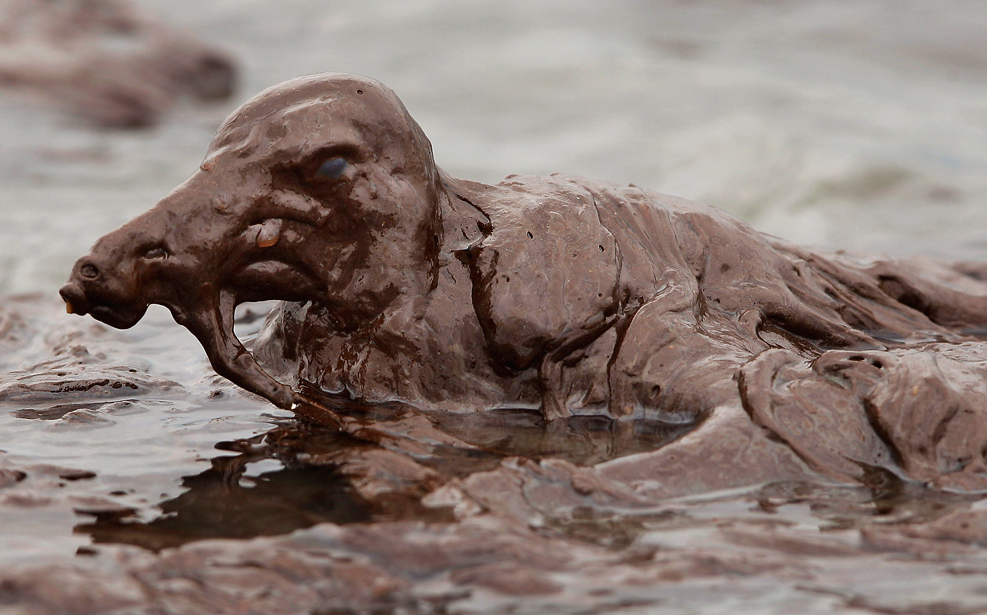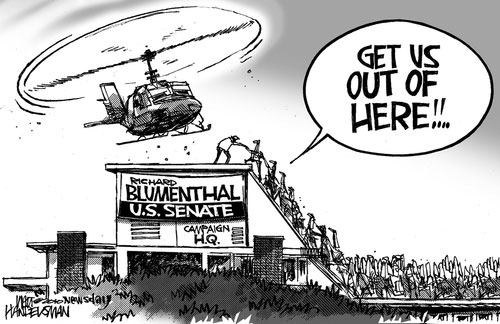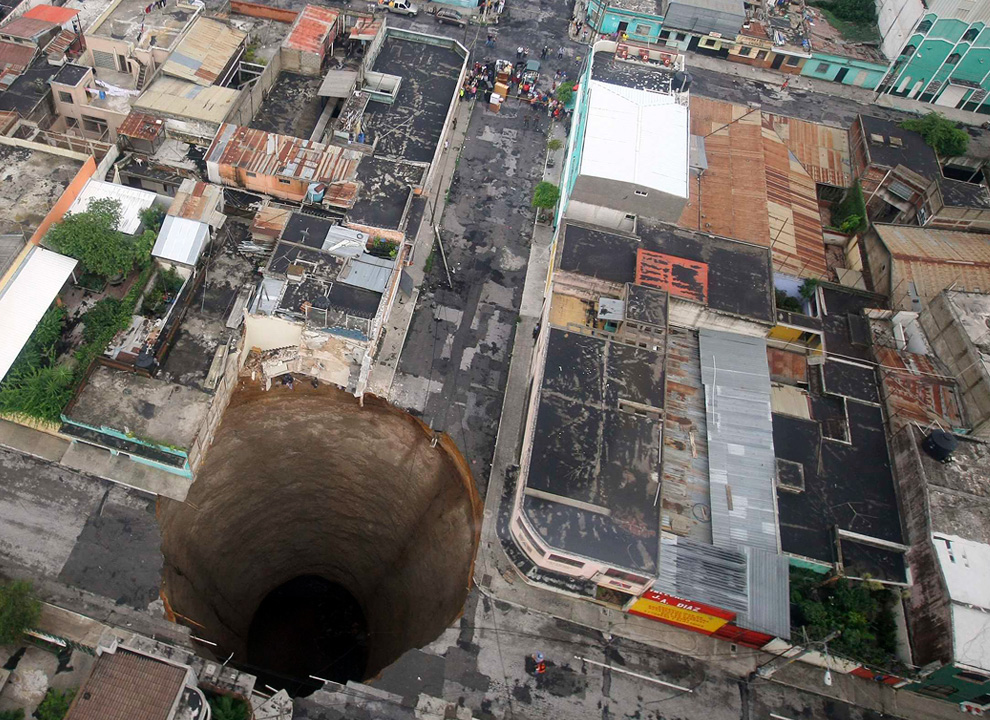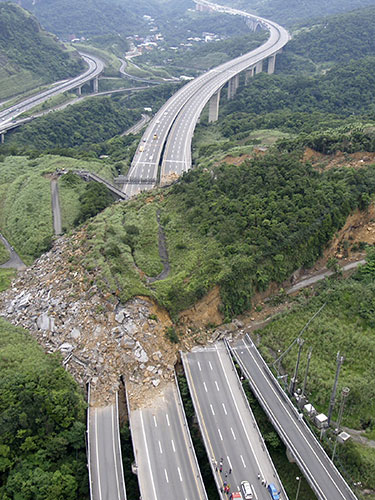The catastrophic oil spill in the Gulf of Mexico has renewed debate about key elements of modern resource use. How dependent should a society be on fossil fuels? What constitutes “energy security?” Can extraction industries and other commercial interests such as tourism thrive in the same ecosystem? Advocates of various stripes argue that we should drive less, drill more, or rely more on either government or markets to mange complexity. These are important debates, but the familiar antagonisms can create their own smoke screen. To understand our predicament more deeply, it can help to look at those images that capture modernity’s basic promise and pathos.

This photograph of a plane at Heathrow airport is not only a stunning depiction of modern design, but one that evokes the dream of technology liberating humanity from earthly bonds. The marvel of flight has been intensified into a few, sharp, geometrical lines. The sleek lines of the machine represent sheer efficiency, while its dark undercarriage harbors the deep thrust of power that can lift everyone into the sky. The terrain of earth is reduced to wisps of low-lying trees in the background, while machine and sky, technology and nature, exist in a pure space of perfect harmony. The plane is at rest, yet poised as if waiting for a radio signal from heaven. Flight has become a reality, while even greater potentialities for transformation are waiting to be released.
One might ask, however, why the sky is so golden, or whether the sun is rising or setting. It might help to know that the plane was on the tarmac because it had been grounded by the ash clouds blowing across Europe last April. Despite its technological prowess, modern society is still bound to unwanted natural constraints. Indeed, looking at the image again from the standpoint of a catastrophic situation awakens one to another dimension of technological achievement. Attending now more to color than line, a melancholic mood emerges to mark what is at risk. The plane conquered the air only by consuming vast quantities of jet fuel. The dark fuselage, wings, and engines now stand for the hidden cost of otherwise efficient design. The darkness below becomes systematic denial of what continues to bind us to the earth. The golden hue is not a sign of transcendental favor but rather the sunset of a civilization.
Not to put too fine a point upon it, but modern technology has allowed society to advance to a point where it is capable of engineering its own collapse. That is an achievement, actually, and not for the first time. It is small consolation, however, to imagine that at least we, too, will be remembered for our beautiful sense of design.

This insight holds even if the sun is actually rising, as it is in the photograph taken on the morning of the 50th anniversary of the city of Brasilia. The epitome of high-modernist urban design, Brasilia has become a monument to both the Utopian dream and social poverty of modernism. This beautiful image captures each condition and can stand as a complement to the one above. Using the same economy of line and the same combination of color and darkness, the photograph exposes at once the precision, the promise, and the danger of a society organized around modern technologies. Once again, society seems poised for ascension into a higher order of being, and yet also reduced to emptiness and darkness. The golden dream, it seems, will be eternal, even when only one person remains.
Photographs by David Levene/The Guardian and Fernando Bizerra, Jr./EPA.
